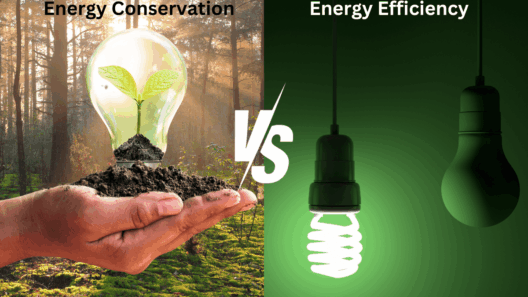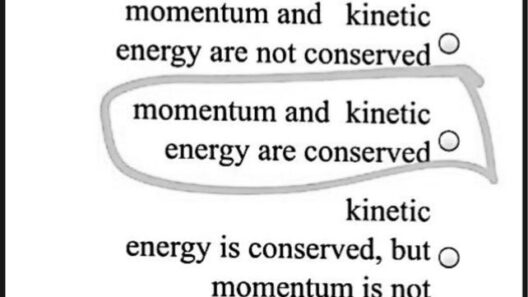Conserving energy in the bathroom may seem like a trivial pursuit, yet the cumulative effects of small, mindful actions can lead to significant reductions in household energy consumption. This space, often characterized by high water usage and electrical demand, presents a unique opportunity for homeowners to implement strategies that ensure both efficiency and comfort. In this discussion, we will explore various methods to optimize energy use without sacrificing the soothing atmosphere of your personal sanctuary.
1. Optimize Water Heating Efficiency
The water heater is often the most significant energy consumer in a home. To enhance its efficiency, consider maintaining the thermostat at a moderate setting, typically around 120 degrees Fahrenheit. This temperature is sufficient for most household needs and significantly reduces the risk of scalding while saving energy. Insulating the water heater and adjacent pipes can further minimize heat loss, ensuring hot water is delivered promptly and maintains temperature longer.
Additionally, adopting energy-efficient water heating systems, such as tankless or solar water heaters, can provide long-term savings. While the initial investment may be higher, their operational cost is markedly lower, resulting in a decrease in utility bills over time.
2. Utilize Low-Flow Fixtures
Transitioning to low-flow fixtures is another pivotal method to conserve water and energy. Low-flow showerheads and faucets can drastically reduce water usage—some models cut flow rates by as much as 50% without compromising water pressure. This alteration not only diminishes water consumption but also lessens the energy required for heating water, creating a more eco-friendly and cost-effective bathing experience.
Consider investing in dual-flush toilets as well. These toilets allow for different water volumes for liquid and solid waste, substantially decreasing water use compared to traditional one-flush systems. Upgrading to these fixtures can lead to an impressive reduction in monthly water bills, directly translating to lower energy costs associated with water heating.
3. Implement Smart Lighting Solutions
In bathrooms, lighting plays a crucial role. Opting for energy-efficient LED light bulbs not only provides superior illumination but also consumes significantly less energy than incandescent or fluorescent counterparts. Moreover, implementing motion sensors or timers can ensure that lights are only used when necessary, eliminating the risk of leaving lights on unintentionally.
Consider natural lighting as well. If feasible, enhance the use of windows or skylights to illuminate the space during daylight hours. This method not only conserves energy but also benefits mental well-being by providing a connection to the outside world.
4. Embrace Energy-Efficient Appliances
For those utilizing appliances in the bathroom, selection is paramount. Choose energy-efficient models for items such as hairdryers, electric razors, and other grooming devices. Look for the Energy Star certification to identify appliances that meet energy efficiency guidelines. These minor changes can yield substantial energy savings over time, enhancing both comfort and sustainability.
5. Enhance Insulation and Ventilation
Proper insulation and ventilation are paramount in maintaining a comfortable bathroom environment. Insulating walls and ceilings can prevent heat loss, ensuring the bathroom remains warm without excessive energy use. Verify that windows and doors are adequately sealed to avoid drafts and maintain temperature regulation.
Moreover, a well-designed ventilation system can drastically improve air quality while reducing energy consumption. Exhaust fans equipped with sensors can ensure they operate only when necessary, further conserving energy and preventing excess moisture buildup, which can lead to mold growth and structural damage.
6. Adopt Mindful Habits
Ultimately, energy conservation requires a shift in mindset. Simple habits can lead to meaningful change. For instance, limiting shower durations can significantly reduce water and energy use. Additionally, turning off the water while lathering or brushing teeth can save gallons of water that would otherwise go down the drain.
Encouraging family members to adopt these mindful practices can create a culture of sustainability within the household, multiplying the effects of individual efforts. Furthermore, consider creating a bathroom checklist to remind residents of these habits, ensuring they become second nature.
7. Consider Heating Elements Wisely
When it comes to keeping your bathroom cozy on chilly mornings, consider the most energy-efficient methods. Electric floor heating can provide warmth without the need for running an entire heating system, thus conserving centralized heating energy. Moreover, heated towel racks can offer a touch of luxury while also being energy-efficient, heating towels without excessive energy expenditure.
Conclusion
Conserving energy in the bathroom does not necessitate sacrificing comfort or convenience. By focusing on high-impact areas such as water heating, fixture upgrades, and mindful habits, individuals can significantly reduce energy consumption while still enjoying the sanctuary that their bathrooms provide. Engaging in these practices not only aids in personal financial savings but also contributes to broader environmental goals, fostering a culture of sustainability within the community. Every small effort counts, establishing a path toward a more energy-efficient future.”







